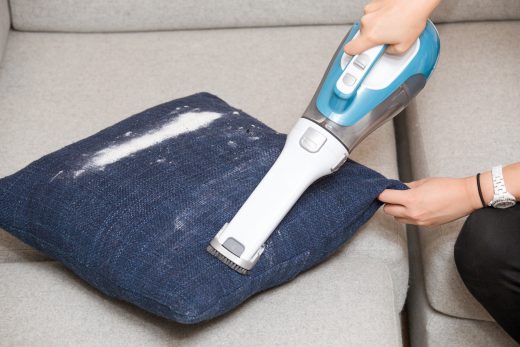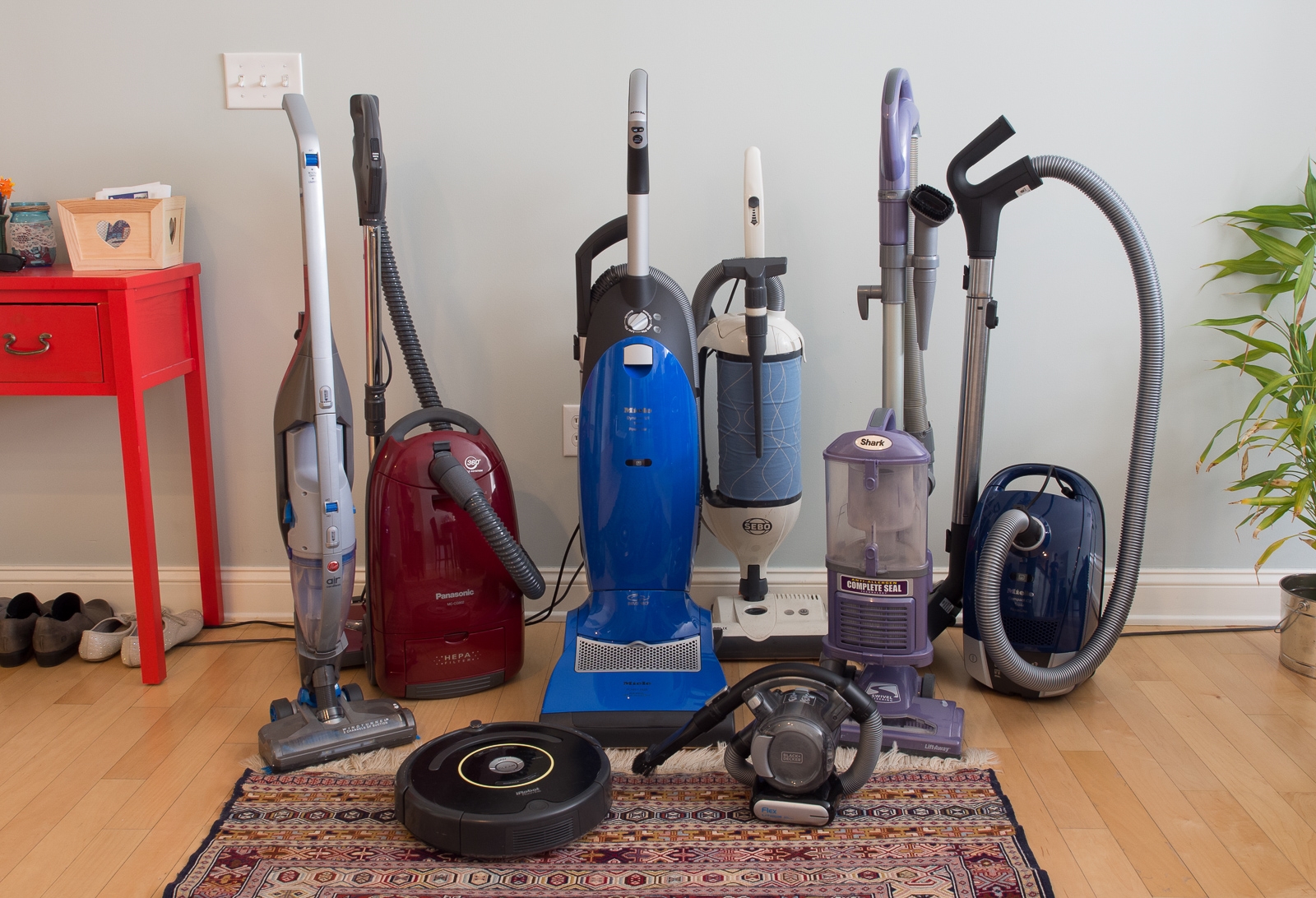The best vacuum cleaners
By Liam McCabe
This post was done in partnership with Wirecutter. When readers choose to buy Wirecutter’s independently chosen editorial picks, Wirecutter and Engadget may earn affiliate commission. Read the full vacuum cleaners guide here.
We’ve done hundreds of hours of research and testing on vacuum cleaners over the past five years, searching for the best ones to fit all kinds of living situations and lifestyles. This guide will help you figure out the right kind of vacuum to suit your home, whether it’s a small apartment or a big Victorian, covered with shag carpets or left with bare wood floors, or filled with kids and pets.
Best for most people
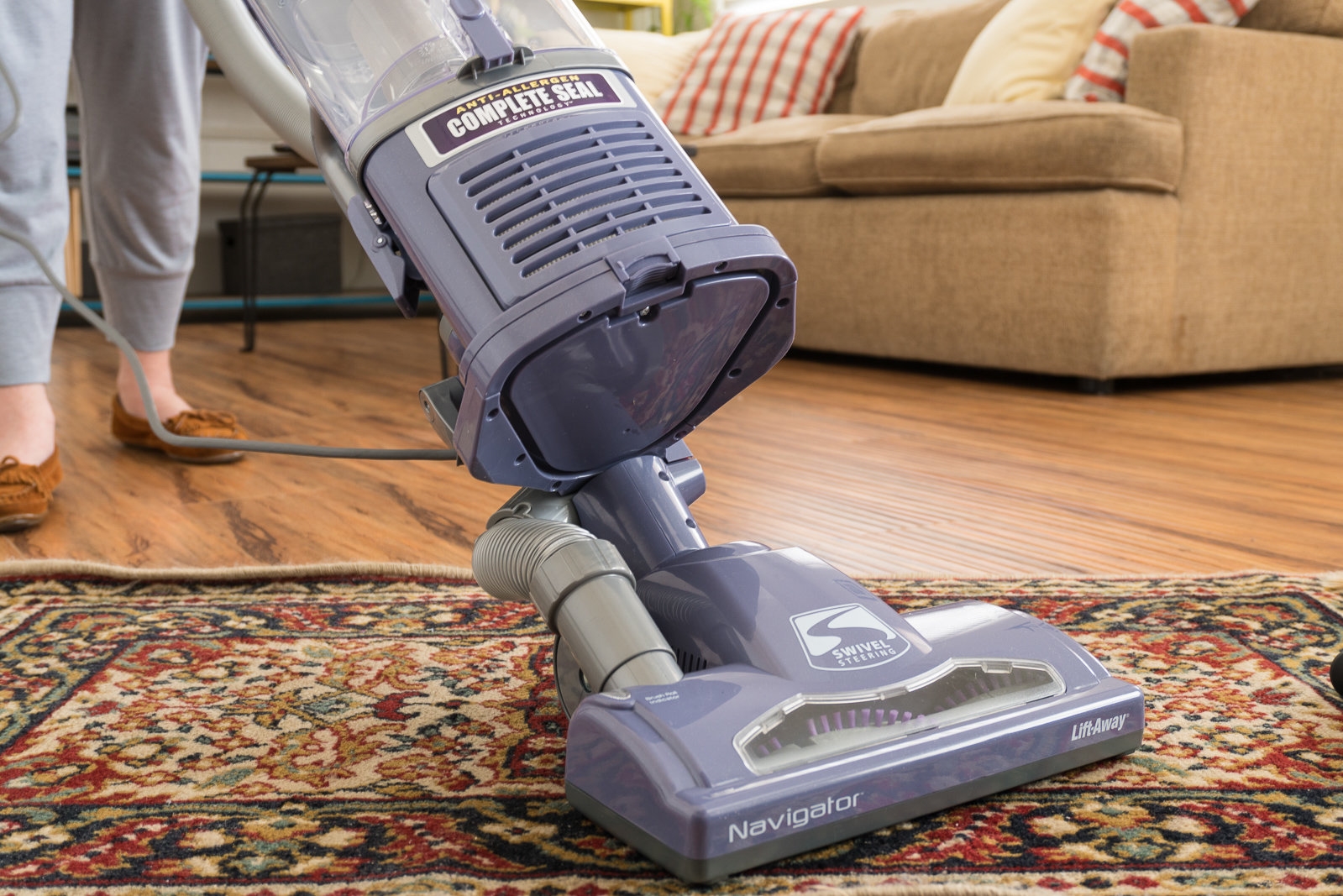
If you want a good vacuum cleaner—nothing fancy—and you don’t mind replacing it in five years, we recommend a bagless, plug-in upright vacuum. (We have a couple of recommendations in our guide to the best upright and canister vacuums.) A bagless upright vacuum that costs between $150 and $200 is a great fit for most American (and Canadian) homes, with any number of floors, any number of pets, and almost any kind of wood, tile, or carpeting.
The best bagless uprights are about 80 percent as effective as the very strongest plug-in vacuums, for about 40 percent of the price. They’ll last much longer than the total cheapo models. Compared with cordless vacuums, they cost half as much, clean better, and can last at least twice as long (about five to seven years). They tend to be better designed than similarly priced canister vacuums, and are much more convenient than bagged vacuums, which also have recurring costs and don’t offer much upside at this price.
Buy a bagless upright vacuum if:
- You want quality on a budget: The good ones are reasonably priced, have no recurring costs, and should last for at least five years.
Buy another type of vacuum if:
- You have a small home with a cozy floor plan: A cordless vacuum will almost definitely be easier to use in a layout like this—no cords to get caught on corners.
- You’ll skip cleaning because you need to unravel the cord: Cordless vacuums and robot vacuums are a whole lot more convenient to use. No shame!
Deepest cleaning, longest lasting
If you like your floors to stay very clean, and you’re willing to pay big bucks for a vacuum that will last a decade or more, get a high-end canister vacuum. You won’t regret making the investment.
They’re excellent cleaners thanks to their powerful motors, tightly sealed ductwork, and cleverly engineered cleaning heads that can rise or fall depending on the length of the carpet. You can expect them to last for at least a decade, usually longer, with minimal maintenance apart from replacing the bags and filters and occasionally clearing tangles and clogs. And because they’re bagged vacuums with great filtration, they’re particularly appropriate for people in households where clean air is necessary to mitigate allergies and asthma.
Buy a high-end canister vacuum if:
- You want something that will last for a long time: They don’t make most stuff like they used to, but great vacuums are an exception to that rule.
- You want the very best performance: The very best vacuums are the ones that suck the most dust out of all kinds of carpets, and that’s what these are designed to do.
- You have allergies or asthma: Their bags and tightly sealed airways are excellent at removing allergens and irritants from your home. For bonus points, add a HEPA filter.
Buy another type of vacuum if:
- You don’t like the design: Some people just can’t get comfortable dragging a little pod behind them while they clean—especially with a cord attached to it.
- You don’t want the responsibility: You need to put in some work—remembering to buy bags and filters, cleaning tangles and clearing clogs, taking it to the shop every few years for maintenance—to get your money’s worth.
- You have lots of hairy pets: Fur fills up the bags quickly. Go bagless if you’re worried about the cost of bags getting out of control.
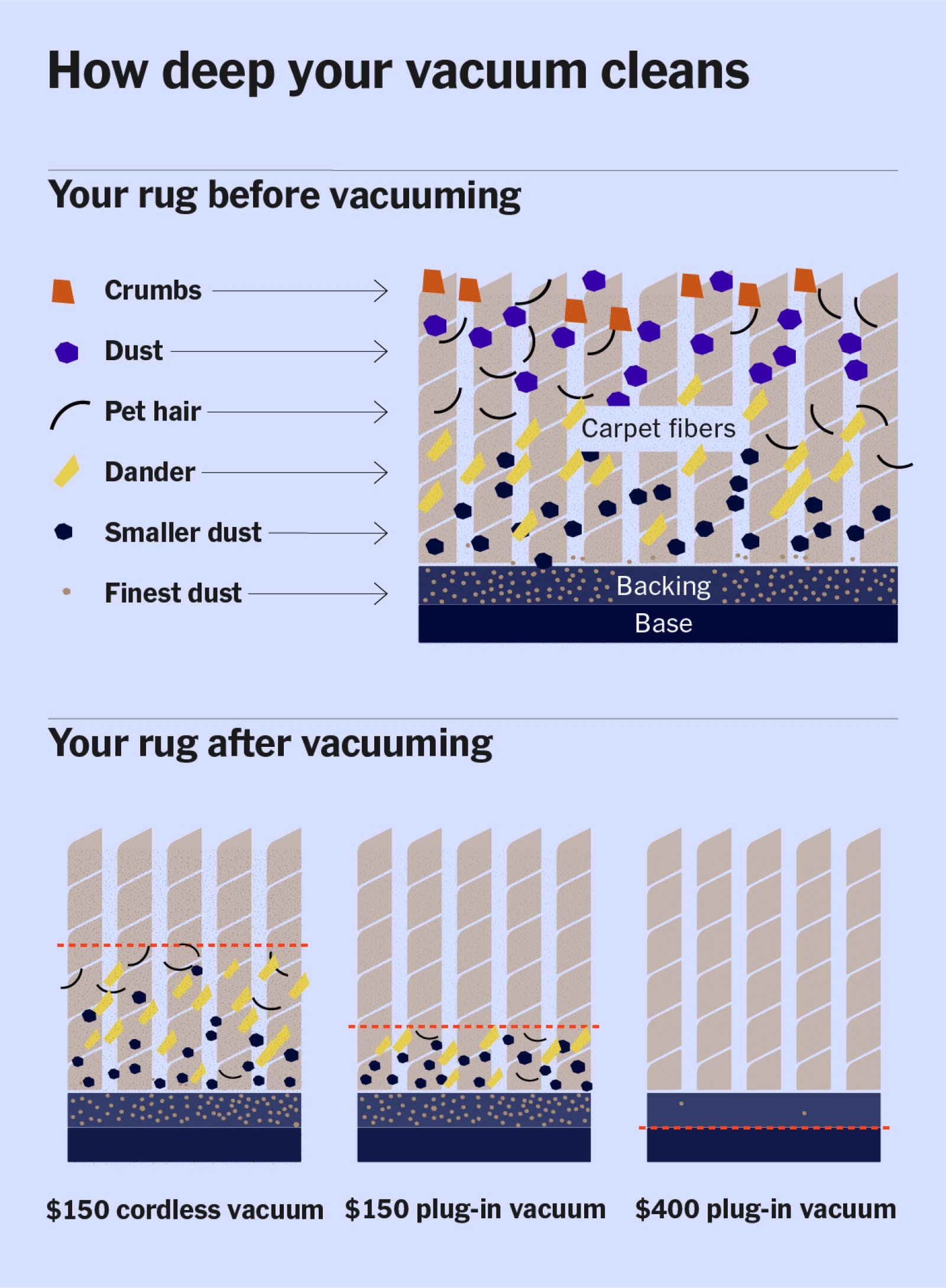
Cordless convenience, strong-enough cleaning
A cordless vacuum can be a life-changer if you live in an apartment or smaller house with a cramped floor plan. That’s because there’s no cord to get caught on any corners, and they tend to be lighter and easier to steer than most plug-in vacuums.
But even if you live in a bigger home, a cordless vacuum can be a fine choice. It’s easier to keep your floors clean when you don’t have to unravel a cord and find an outlet every time you see some crumbs or cat hair. Our favorite models have enough battery life to clean most homes in a single pass if you need to, but most people who own cordless vacuums don’t clean in big, whole-house sessions—they just tidy up as needed because it’s relatively effortless to grab the vacuum and go.
Most cordless vacuums also double as handheld vacuums now, so you can buy one vacuum to clean both your floors and your car.
Buy a cordless vacuum if:
- You live in a small apartment or house: It’s much easier to clean a cramped floor plan when there’s no cord getting caught.
- You don’t want to deal with a cord: It takes just a few seconds to grab your cordless vacuum and start cleaning—no obstacles, no excuses!
Buy another type of vacuum if:
- You need great cleaning power: Even the strongest cordless vacuums can’t pick up fine, dusty debris (including most allergens) anywhere near as well as an affordable plug-in vacuum.
- You want the most value for your money: Good cordless vacuums cost twice as much and last half as long as a good bagless, plug-in upright.
Or, if you’re interested in a cordless stick vacuum as a backup for quickly cleaning up small messes, get whatever is cheap.
A low-effort robot for keeping tidy
If you’re interested in a robot vacuum, and willing to pay for it, then hell yeah, get one. They aren’t perfect (as we explain in our guide to the best robot vacuums), but they will help to keep floors tidy with very little effort and oversight on your part.
People who have pets stand to gain the most from robot vacuums. Nothing else will keep up with hair, kibble, and litter as reliably as a machine that runs automatically and never gets lazy. Furry housemates or not, most people are surprised at how much junk these things collect. Some great models aren’t even that expensive compared with human-driven vacuums. And all you really have to do is hit start (or set a schedule), occasionally rescue the bot when it gets stuck somewhere, and empty the dust bin. You’ll need to change the filters and detangle the moving parts from time to time, but that’s the same with any kind of vacuum.
Robots are nowhere near as strong as any of the human-driven vacuums we recommend. They also can’t clean carpets with long fibers, or anything that’s not the floor (no stairs, no car, no couches). If your pet has loose bowels, the bot might smear its poop everywhere. And some people end up disappointed in their bots because they expect them to act smarter. Our advice is to try not to watch these things work.
A strong, versatile handheld vacuum
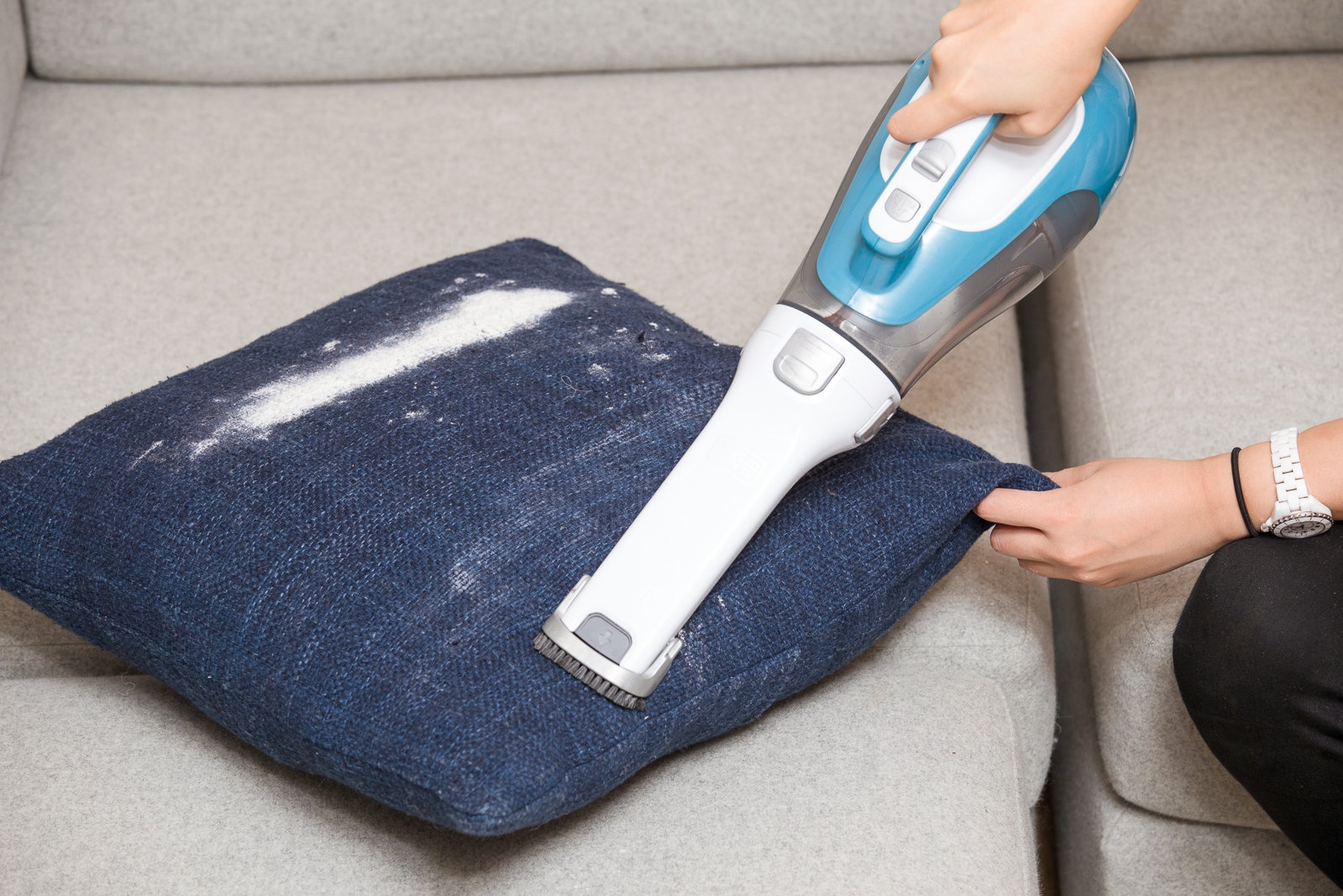
If you don’t opt for a cordless vacuum, it’s handy to have a little handheld vacuum for small messes. As we cover in our guide to the best handheld vacuum, a cheapish one is fine for occasionally tidying up. They can suck up small spills on floors and countertops easily.
For pets
Any vacuum can clean up pet hair—pet owners don’t need to buy a special model to do the job well. Anytime you see “animal” or “pet” in the name of a vacuum, it means only that the model comes with a tool that makes it easier to clean pet hair off upholstery.
One exception to consider: If you have a lot of hairy pets, like four golden retrievers or a half-dozen furry cats, you might want to avoid bagged vacuums entirely. Pet hair fills bags quickly, and the cost of replacing them so frequently can add up.
Although it’s true that any vacuum can clean up your pet’s hair, none can get the job done better than a robot vacuum. If you want to read more on why, check our post on the best vacuum for cleaning up pet hair.
For really long carpets
If you have long, thick carpets, get a vacuum with a manual height-adjustment feature. High-pile carpets (like shag, frieze, saxony, cable, or long plush) pose a problem for some vacuums: The long fibers can tangle around the brush roller and/or block the intake, essentially choking the vacuum.
Should you get a special vacuum to accommodate this kind of flooring? That’s up to you. If you want to be safe, choose a vacuum that has a cleaning head with a manual height adjustment. Crank it up to the tallest setting, and it’ll have enough clearance for high-pile carpets. (You can dial it to the proper height for other surfaces as well.) Plenty of vacuums at plenty of prices have this kind of cleaning head. A cheap canister is usually the most affordable option, while high-end uprights and very high-end canisters can have an adjustable head, too.
For allergies or asthma
If you have asthma or severe allergies, and indoor air quality is crucial to your health, a high-quality bagged vacuum is a safe bet. Our favorite high-end vacuums do an excellent job of sucking up allergens and irritants—and keeping them contained during disposal.
If you start digging deep on this topic … well, it’s controversial. Experts disagree on the traits a “clean-air” vacuum needs to have. The Asthma and Allergy Foundation of America says that some bagless vacuums are okay in this regard, but most boots-on-the-ground salespeople and technicians told us that they would not recommend bagless models for households where air quality was a major concern. HEPA filters are great—but they don’t mean anything if the rest of the system isn’t totally sealed with rubber gaskets. As such, HEPA-filter claims can be part of slippery marketing schemes. And most people without allergies will do fine without HEPA filters. Basically, you’ll get a slightly different answer about air quality depending on who you ask, but they’ll all pretty much agree that a bagged, sealed-system vacuum gets the job done for sure.
For bare floors
Any vacuum can clean bare floors—this is the simplest possible task for a vacuum cleaner. You don’t need anything special to get dust, hair, crumbs, or anything else off your wood, tile, or laminate floors.
Just look for a model that lets you switch off the spinning brush roll to avoid scattering debris or possibly damaging sensitive flooring. The Shark Navigator Lift-Away NV352 (our favorite vacuum overall) is one of them—and so are hundreds of other models.
If you’re sure you will never use your vacuum on any kind of rug, you can get a vacuum that’s purpose-built for cleaning bare floors. These are “suction-only” models, without a brush roll. Even the very cheapest of these, such as the Eureka Mighty Mite, work fine. We’re also fond of the Miele Compact C1 Pure Suction if you want a quieter, longer-lasting model.
For your car
If you like to keep your car tidy, get a handheld vacuum. These vacs have powerful, long-lasting batteries and come with attachments for cleaning crevices and upholstery. Plus, this style is convenient for quick cleanup jobs around the house, unlike some car-specific handhelds that need to be plugged in.
If you live in an apartment and want to clean your car, the best new cordless stick vacuums pull double duty as handheld vacuums, too. One machine for everything you own. Boom!
This guide may have been updated by Wirecutter. To see the current recommendation, please go here.
When readers choose to buy Wirecutter’s independently chosen editorial picks, Wirecutter and Engadget may earn affiliate commissions.
(33)

